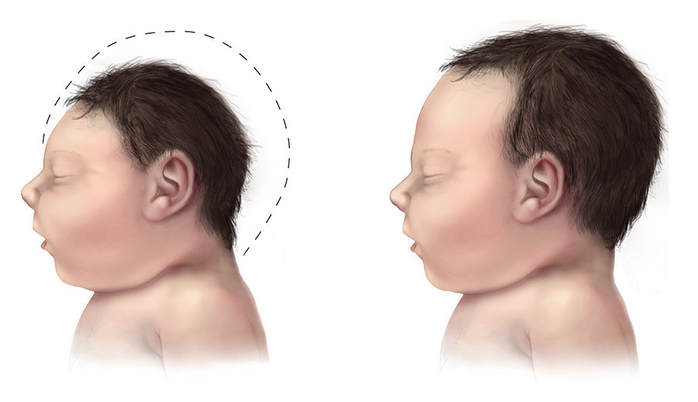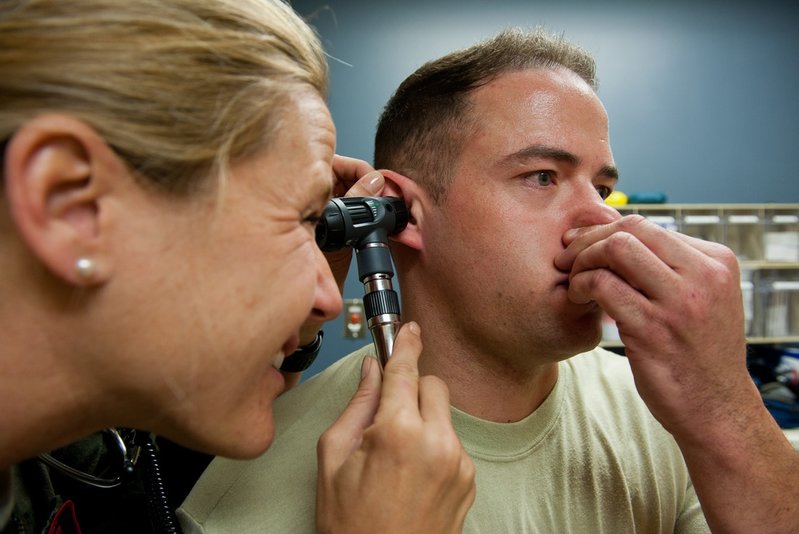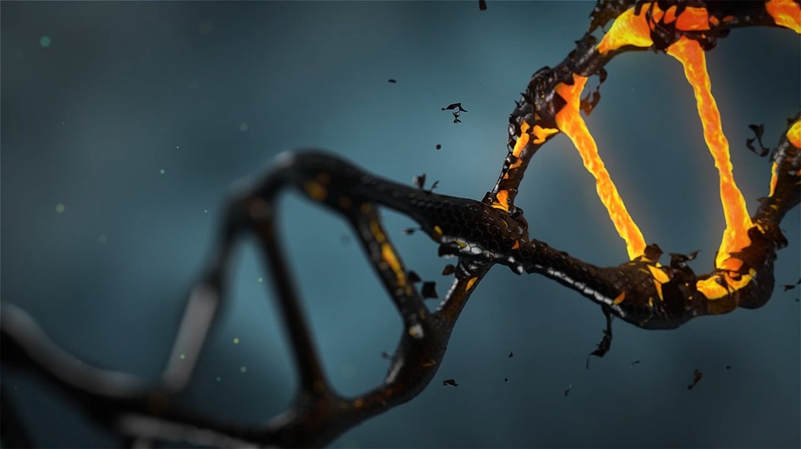Sofosbuvir: The Threshold to a Cure for Zika
The zika virus was infamous for being the cause of an epidemic in South America in 2016 through 2017. The zika virus is a disease spread through mosquito bites or through unprotected sex with someone who has the virus. Effects of zika are especially debilitating if a pregnant mother acquires the virus: the virus will cause the developing fetus to acquire microcephaly. In microcephaly, a baby’s brain does not develop completely before birth, and as a result, the baby’s head is significantly smaller than average. This condition leads to problems early in life such as seizures and retarded mental development. Scientists have not been able to understand how the disease spreads from mother to fetus to cause microcephaly until scientists at the University of California San Diego (UCSD), along with partners in Brazil, uncovered a plausible mechanism, one that uses the baby’s own central nervous system (CNS).
The CNS is a vital part of the human body that is made up of the brain and spinal cord. It serves to regulate stimuli by sending signals to and from the brain, allowing for proper movement and accurate sensation. The function of the CNS is maintained by a type of glial cell called microglia that defends the CNS against foreign invaders by ridding the brain and spinal cord of plaques and damaged cells. In the early stage of growth for an embryo, the microglia are first created inside the yolk sac (a pouch attached to the embryo that is the source of blood supply from the mother to the growing fetus). In the later stages of pregnancy, the microglia disperse through the embryo’s CNS. The scientists hypothesized that the zika virus infects the newly forming microglia, and it is through this cellular migration that the zika virus is able to reach the embryo. Once the infected microglia are in the CNS of the embryo, they can begin to inflict damage on the embryo’s developing brain cells.
The CNS is a vital part of the human body that is made up of the brain and spinal cord. It serves to regulate stimuli by sending signals to and from the brain, allowing for proper movement and accurate sensation. The function of the CNS is maintained by a type of glial cell called microglia that defends the CNS against foreign invaders by ridding the brain and spinal cord of plaques and damaged cells. In the early stage of growth for an embryo, the microglia are first created inside the yolk sac (a pouch attached to the embryo that is the source of blood supply from the mother to the growing fetus). In the later stages of pregnancy, the microglia disperse through the embryo’s CNS. The scientists hypothesized that the zika virus infects the newly forming microglia, and it is through this cellular migration that the zika virus is able to reach the embryo. Once the infected microglia are in the CNS of the embryo, they can begin to inflict damage on the embryo’s developing brain cells.
Scientists tested their hypothesis by using stem cells to grow microglia and neural progenitor cells (NPCs). NPCs are the cells that eventually develop into neurons and glial cells, which maintain and protect neurons. Scientists placed NPCs and microglia in a culture dish to imitate the way these cells interact in a real embryo. When normal microglia were placed in the presence of NPCs infected with the zika virus, the microglia did what it was supposed to by disposing of the infected NPCs. However, when microglia infected with zika virus were placed in the presence of healthy NPCs, the NPCs became infected. The scientists went on to test a possible drug solution to this problem, one called Sofosbuvir that is normally used to treat hepatitis C. When exposed to Sofosbuvir, a much smaller number of NPCs were infected in the petri dish that was exposed to zika-infected microglia.
Thus, the research and fight against zika surely seems to be promising: however, because this research was done in petri dishes and not on pregnant women, more research is needed to understand how the zika virus causes microcephaly in babies and how Sofosbuvir can be used as to stop microcephaly in human embryos. Therefore, the drug would face an uphill ethical battle to overcome the concerns of animal tests that would need to be performed to test the efficacy of Sovosbuvir before any tests on humans. However, this path could be a step in the right direction for scientists working to put an end to the devastating effects of the zika virus.
Thus, the research and fight against zika surely seems to be promising: however, because this research was done in petri dishes and not on pregnant women, more research is needed to understand how the zika virus causes microcephaly in babies and how Sofosbuvir can be used as to stop microcephaly in human embryos. Therefore, the drug would face an uphill ethical battle to overcome the concerns of animal tests that would need to be performed to test the efficacy of Sovosbuvir before any tests on humans. However, this path could be a step in the right direction for scientists working to put an end to the devastating effects of the zika virus.
Featured Image Source: Pexels
RELATED ARTICLES
|
Vertical Divider
|
Vertical Divider
|
Vertical Divider
|






